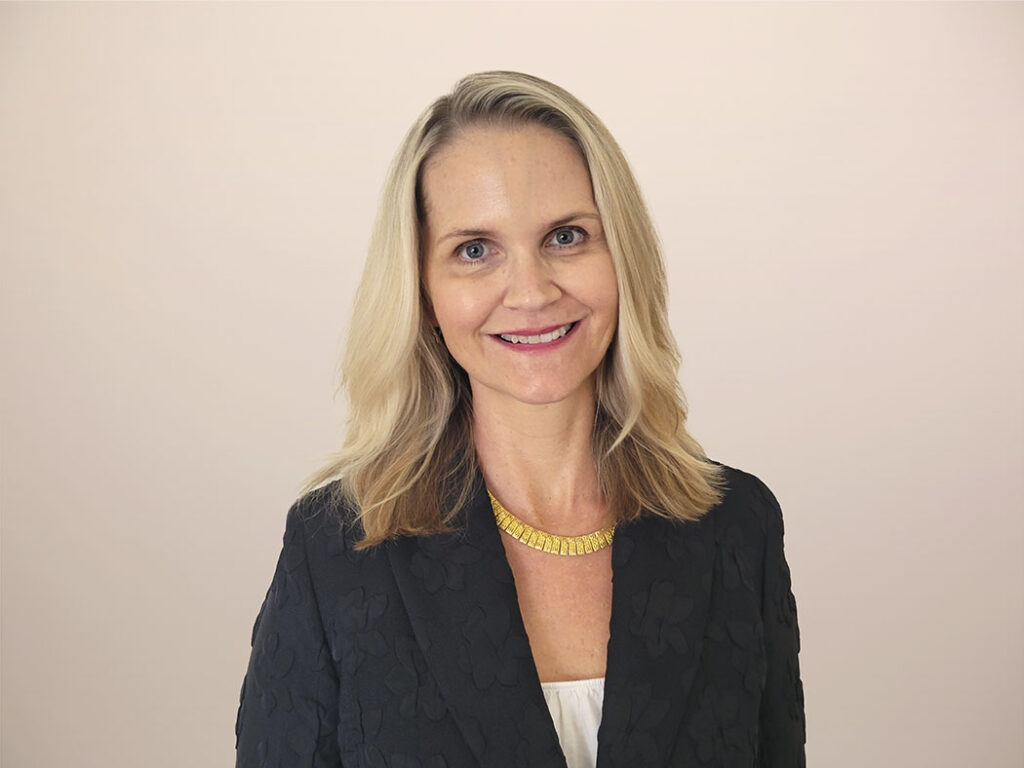How Emerging Companies Can Slingshot to Hypergrowth: Part Two
- It takes an optimal combination of people, process and technology for an emerging company to achieve hypergrowth (more than 41 percent annual revenue growth)
- What emerging companies plan to do over the next two years can be used as a roadmap to hypergrowth
- Use multiple data views to slingshot your emerging company into hypergrowth
In part one of “How Emerging Companies Can Slingshot to Hypergrowth,” I provided the optimal people, process and technology combinations to achieve hypergrowth on the basis of SiriusDecisions’ benchmark data from thousands of companies over the years. Part one with the benchmark data is a current state view.
Part two leverages the SiriusDecisions 2017 Global CMO Study, which denotes a two-year planning horizon. The same methodology was applied to analyzing the data, where I looked at all emerging companies earning less than $50 million in revenue and further segmented the data into companies that are growing annual revenue by up to 20 percent (moderate growth) and compared them to companies growing annual revenue more than 41 percent (hypergrowth). I then looked at the people, process and technology that emerging companies planned to add or enhance over the next two years and compared it to current state to future state for insights.
 Re-Meet the Hypothetical Emerging Companies
Re-Meet the Hypothetical Emerging Companies
In case you missed the first blog post in the series, allow me to introduce our fictional companies: ModGrow Inc.; and HyperG Inc. ModGrow is a $28 million company that was established in 2008 and is growing annual revenue by less than 20 percent year-over-year. HyperG is a $24 million company that was established in 2013 and is growing its annual revenue over 41 percent year-over-year. These hypothetical companies are a compilation of trends from our benchmark data and CMO study data and are intended to be representative of typical emerging companies.
ModGrow: People, Process and Technology
Here are the Global CMO Study (future state) findings for the people, processes and technologies at ModGrow:
- People. The top three next hires (in rank order) for ModGrow are for marketing strategy and planning, marketing operations and field marketing. What ModGrow needs to be mindful of is that with its current staff, it will likely over-rotate on field marketing, which will make its marketing efforts demand-focused rather than balanced across reputation, sales enablement and market intelligence programs. Its current and planned marketing operations people are still building the marketing infrastructure and can only report on activity-based metrics rather than glean insights from the data that derive impact to the business.
- Process. The top processes ModGrow plans to add or enhance are marketing strategy and planning, which is a good sign because that aligns to the next people it plans to hire. Managing the budget process, new offering introduction and market segmentation and prioritization are the remaining processes it plans to add or enhance. Those choices signify that ModGrow is still adopting foundational processes and it is behind in formalizing targeting and segmentation, which causes challenges when bringing a new offering to market.
- Technology. The number one demand tool ModGrow plans to invest in is a Web site optimization solution to maximize the Web site’s ability to attract, engage and qualify visitors. This will help to automate and scale demand, thus freeing up more time to focus on strategic initiatives. The number one reputation tool it plans to invest in is customer intelligence management to help collect and aggregate customer feedback. Analytics will be the number one operations tool to address how/why results were achieved. There is a noticeable disconnect between the technology ModGrow plans to purchase, the people it plans to hire, and the skills it plan to enable or enhance. For example, Web site optimization technology conveys a focus on digital, but ModGrow expressed no plans to add digital headcount or provide digital skills training. This is one of the key differentiators resulting in slower growth.
HyperG: People, Process and Technology
Here are the Global CMO Study (future state) findings for the people, processes and technologies at HyperG:
- People. The top three next hires (in rank order) at HyperG are for strategy and planning, channel marketing and marketing analytics. A fundamental insight is that the people HyperG plans to hire will complement current staff (remember that this is from two different data sets, with the common thread of over 41 percent annual revenue growth). HyperG will also grow through the channel and the analytics people it hires will report beyond activities and tactics and on output and impact-based metrics to better support alignment with buyers and customers to continue hypergrowth.
- Process. Like ModGrow, HyperG will add or enhance processes related to strategy and planning. It will also add or enhance new offering introduction, Demand Waterfall® processes and lead management/service-level agreements. HyperG is beyond implementing the foundational processes and moving towards operationalizing those processes. A key differentiator is that HyperG will add or enhance processes that better align marketing and sales, which it will do by moving beyond simple measures and introducing the ability to diagnose core demand generation processes at a much more granular level.
- Technology. HyperG currently has a basic marketing automation platform (MAP), but plans to replace it with a more sophisticated MAP to better manage campaigns, leads and platforms. The top reputation technology planned is customer advocacy management to improve advocate sourcing capabilities. The top operations technology HyperG will add is marketing resource management, which will manage marketing planning, budgeting, project and asset management. The two biggest insights from this data are that the current team, as well as the planned hires, complement the planned technologies. The second insight gleaned is that the technology HyperG plans to add will allow for a broader tactic mix designed to better target its buyers and customers.
To reiterate the point made in part one, none of this is intended to say that moderate growth is bad! This comparison is intended to provide a forward looking data-driven roadmap and guidance for you to choose if you want moderate growth or if you want hypergrowth. If you want to learn specific guidance on how to run your marketing organization like ModGrow or HyperG and slingshot to hypergrowth, join my colleague Jessie Johnson (@jjhnsn) and me at the SiriusDecisions 2017 Technology Exchange at JW Marriott in Austin from October 30 through November 1.
